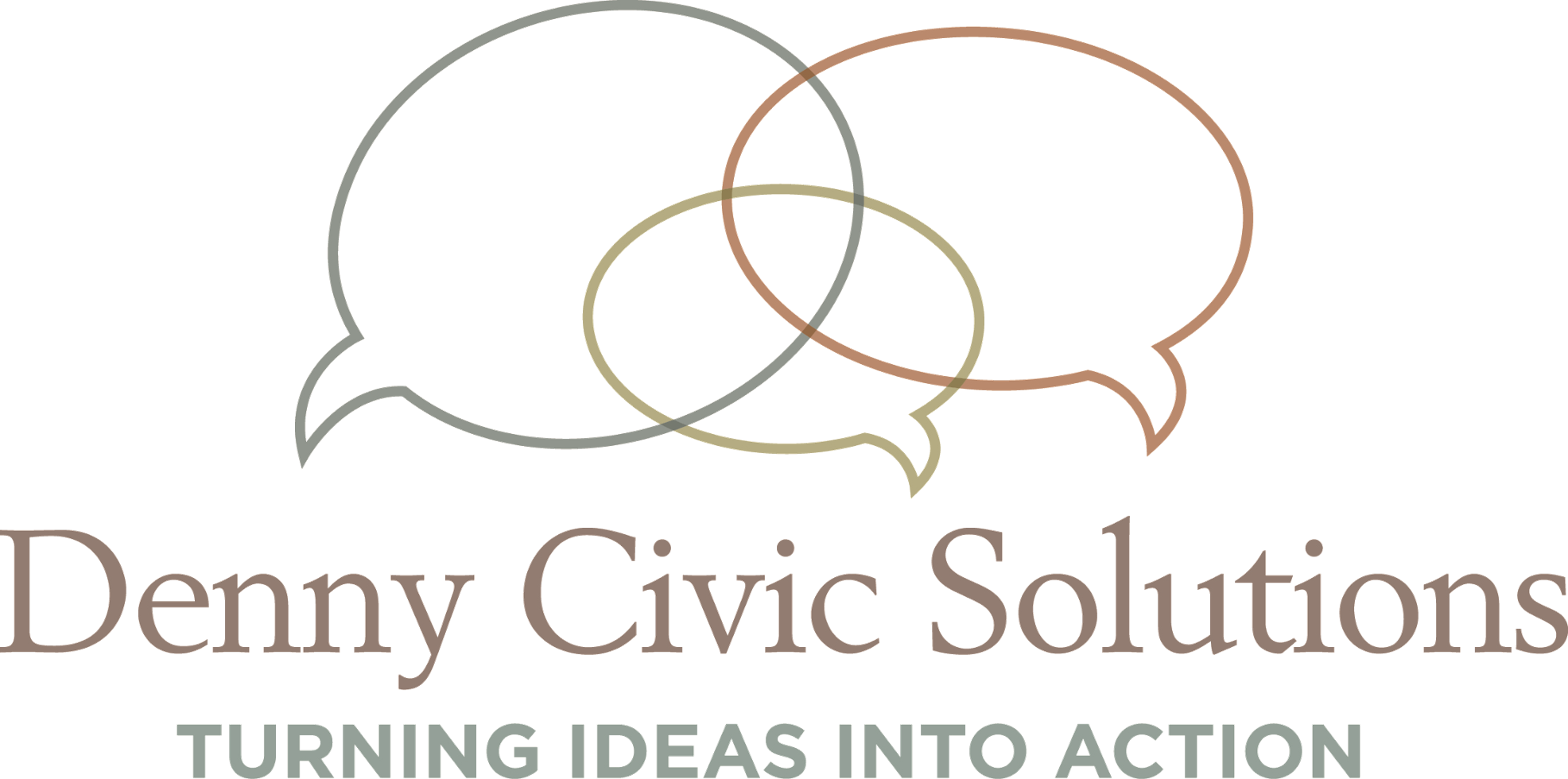Community Foundations: Pennsylvania’s Not-So-Secret Weapon
On April 25th and 26th, a truly remarkable gathering took place in Pennsylvania. No, I’m not talking about the hundreds of thousands of voters turning out on the 26th to pick a presidential nominee (though seeing our democracy in action is always remarkable in its own way). Instead, I’m referring to the first ever gathering of all the community foundation leaders from across Pennsylvania.
For two days in State College, leaders from 41 community foundations in Pennsylvania convened to talk about grantmaking, fundraising, and – above all – about community leadership and advocacy.
Pennsylvania is incredibly blessed by its philanthropic community. Pittsburgh ranks in the top five cities nationwide in terms of the most philanthropic dollars per capita. Philadelphia is where the Pew Charitable Trusts were founded, and it continues to play host to a number of proven, venerated and forward-thinking foundations.
But even in the midst of all that charitable muscle, our real philanthropic strength lies with the 41 community foundations spread across the state. I was fortunate to be asked to present, as their guest speaker, on the history and future of the Campaign for What Works, a statewide human service advocacy campaign. I was also honored to serve as part of a panel discussion with Sam Bressi, the fantastic leader of the Lancaster Community Foundation.
But as is usual in these circumstances, I learned more than I offered. Here’s a brief look at some of my major takeaways from the conference:
Community foundations have the pulse of the community – No one understands the strengths, weaknesses, opportunities, and threats to their communities better than these foundations. They can detect a “community cold” coming on before anyone else – and can jump ahead on opportunities well before the public or private sectors can.
It’s less about money and more about leadership – Most of our community foundations have relatively small endowments, granting between $1 million and $5 million annually. The Pittsburgh Foundation is by far the largest – awarding 5,516 grants totaling $35.3 million in 2015 – yet it is ultimately their convening power and collective knowledge that cement their status as a cornerstone of the Pennsylvania foundation community.
They’re organizing – The community foundations are coalescing around policy and advocacy at a time when we desperately need them. Whether it was Pennsylvania’s 2015-16 budget crisis, the heroin epidemic, or the vision for leadership at the foundations themselves, a common theme that surfaced at the conference was a willingness to engage in public policy and advocacy head-on.
I believe that Pennsylvania’s community foundations as a collective whole can and will have a powerful influence on state and local elected officials. Why? They have a total understanding of their communities from the bottom up, they have engaged and respected board members, and they ask nothing for themselves but rather for the people they serve.
So let’s keep it going, community foundations – we need you, and we thank you.

